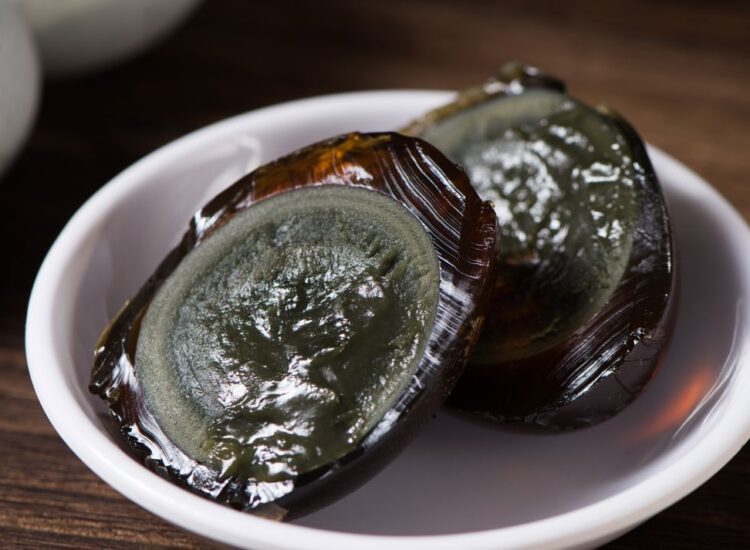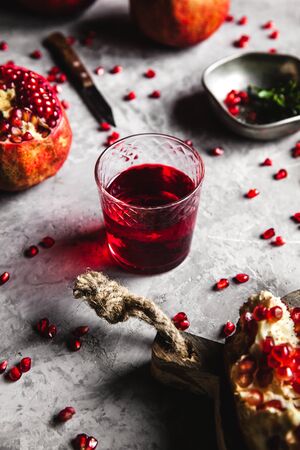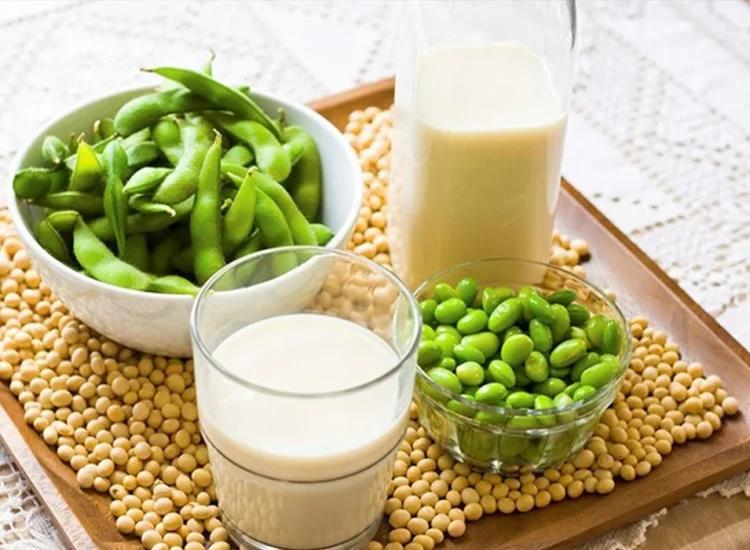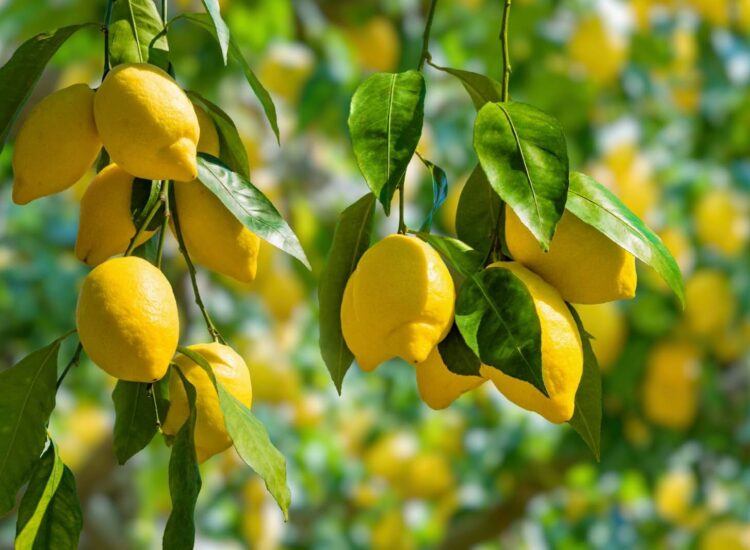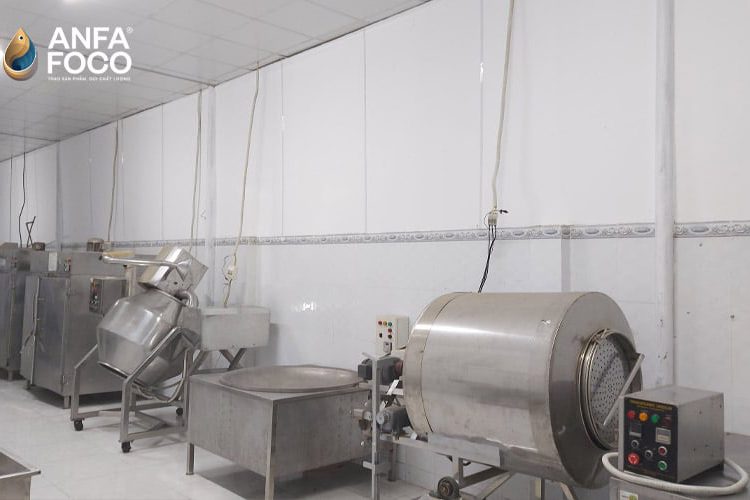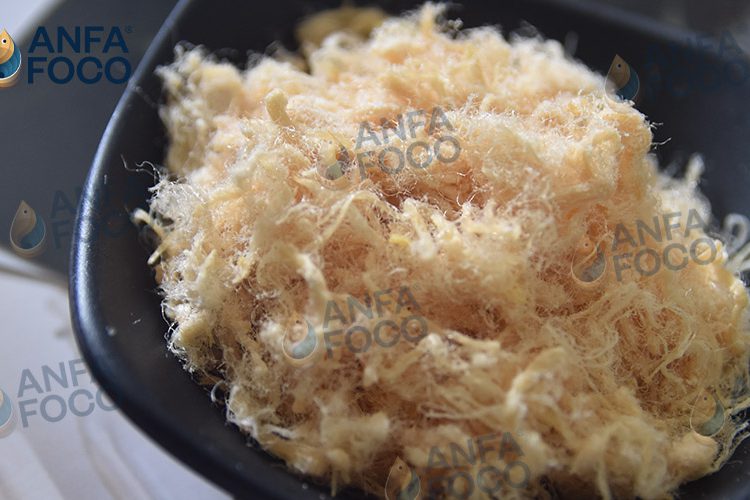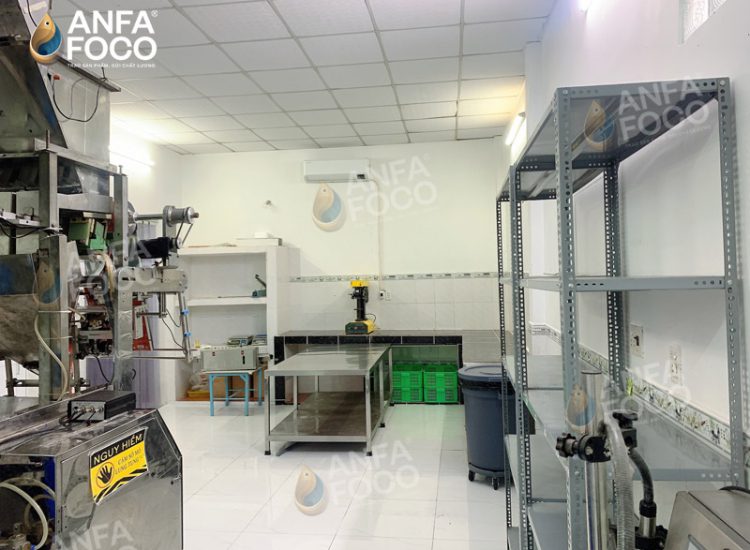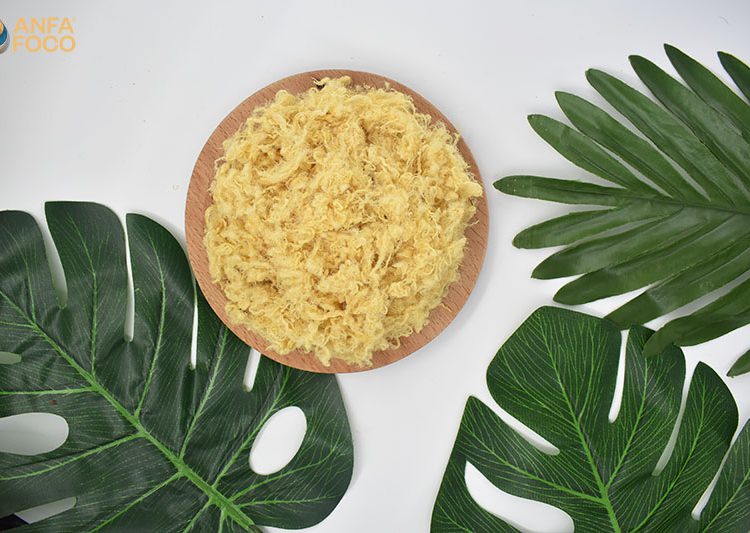The Tangy Delight: Exploring the Importance and Uniqueness of Vietnamese Nem Chua
Vietnamese cuisine is renowned for its fresh ingredients, balanced flavors, and regional diversity. Among its many iconic dishes, Nem Chua stands out as a particularly intriguing and culturally significant delicacy. This fermented pork product, with its distinctive tangy, sweet, and spicy profile, is a testament to traditional Vietnamese ingenuity in food preservation and flavor creation. Nem Chua is more than just a snack; it is a beloved street food, a staple at gatherings, and a symbol of regional pride, embodying a fascinating blend of culinary art, scientific process, and cultural tradition.
More Than Just a Snack: Defining Nem Chua
At its core, Nem Chua is a cured and fermented raw pork sausage. Unlike cooked or grilled pork dishes, its preparation relies on natural fermentation to transform raw ingredients into a safe, flavorful, and shelf-stable product. The basic components typically include finely minced lean pork, thinly shredded pork skin (which provides a crucial chewy or crunchy texture), and a vibrant mix of spices such as garlic, chili peppers, black pepper, salt, and sugar. Crucially, a curing agent or a natural starter culture is added to facilitate the fermentation process.
The appearance of Nem Chua is as distinctive as its taste. It is usually formed into small, bite-sized cylinders, cubes, or sometimes larger logs. These are traditionally wrapped tightly in layers of natural leaves, most commonly banana leaves, often with aromatic internal wrappers like fig leaves (lá sung) or guava leaves (lá ổi). These inner leaves not only impart a subtle fragrance and flavor but also contain enzymes and compounds that aid the fermentation process and can even possess antimicrobial properties. In modern production, a layer of plastic or foil is often added beneath the leaf wrapping for extra hygiene and to extend shelf life. The color of Nem Chua changes dramatically during fermentation, starting as a pale pink and deepening to a vibrant reddish-pink as it cures.
The Alchemy of Fermentation: How Nem Chua is Made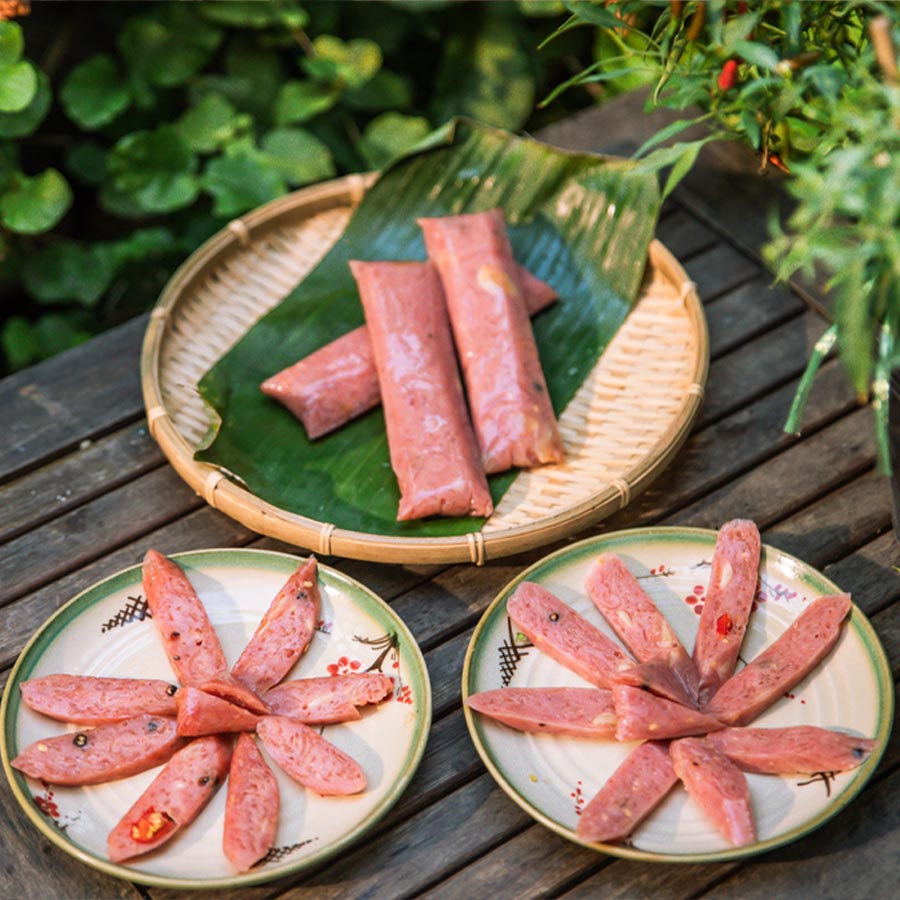
The magic of Nem Chua lies in its fermentation process, a form of lactic acid fermentation similar to that used in making sauerkraut, yogurt, or salami. The process begins by thoroughly mixing the raw pork, shredded pork skin, and the various spices. A key addition is a fermenting agent, which can be a commercially produced starter culture or, in more traditional methods, rely on naturally occurring bacteria present in the ingredients or wrapping leaves, sometimes accelerated by a small amount of cooked rice.
Once mixed, the mixture is tightly packed and wrapped. The tight wrapping is essential as it creates an anaerobic (oxygen-free) environment necessary for the specific types of beneficial bacteria, primarily Lactic Acid Bacteria (LAB), to thrive. The wrapped bundles are then left at room temperature for a period, typically ranging from a few hours to several days, depending on the ambient temperature and desired level of sourness.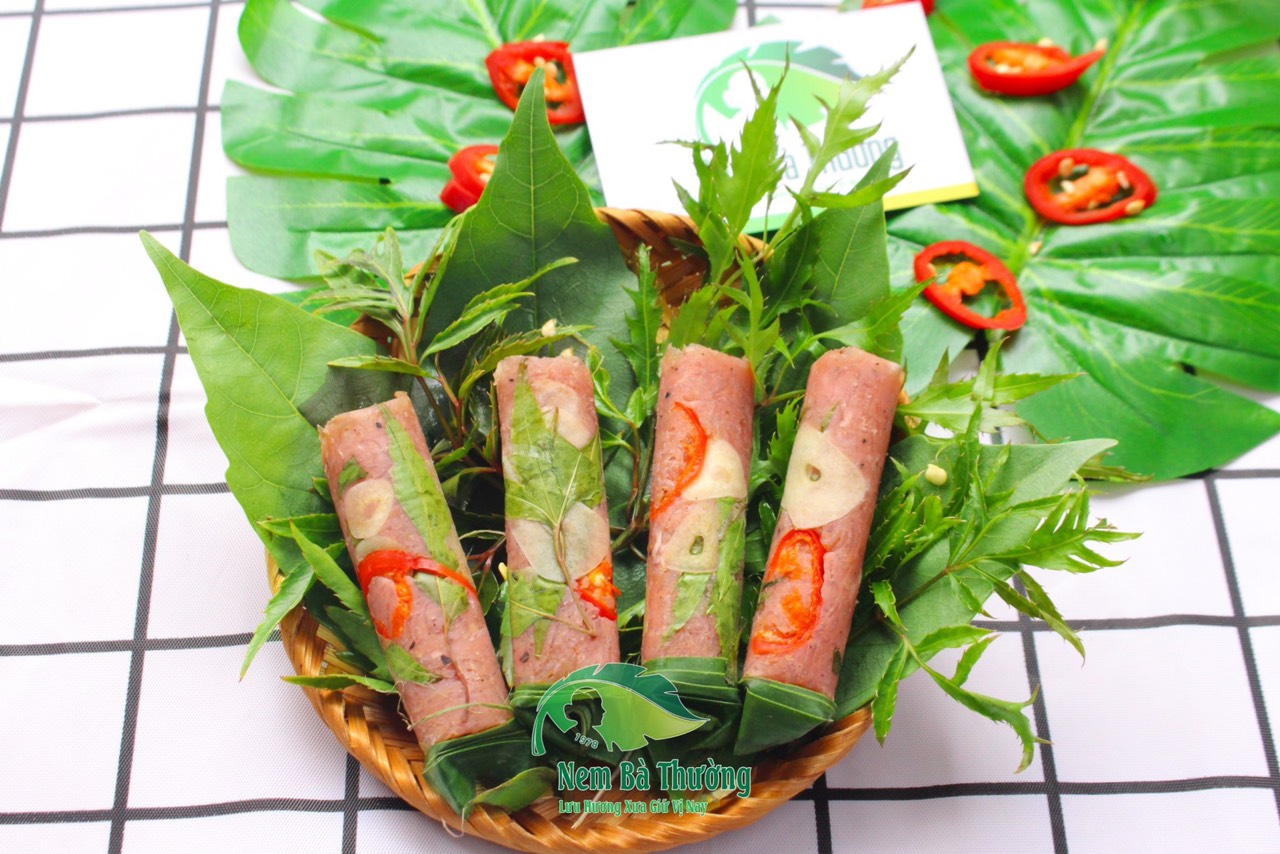
During this fermentation period, the LAB consume the sugars in the mixture and produce lactic acid. This biological process causes several transformations:
Related articles 01:
1. https://anfafoco.com/nha-may-san-xuat-cha-bong-cua-anfafoco/
2. https://anfafoco.com/cung-cap-cha-bong-heo-cay-chat-luong/
3. https://anfafoco.com/vi-sao-nen-chon-mua-cha-bong-chat-luong-anfafoco/
5. https://anfafoco.com/xuat-khau-da-ca-say-gion-trung-muoi-singapore-di-singapore/
- Flavor Development: The production of lactic acid is responsible for the characteristic “chua” (sour or tangy) flavor. Other compounds produced by the bacteria contribute to the complex aroma and taste profile.
- Texture Change: The acid ad enzymes break down proteins, firming the texture of the pork. The pork skin softens slightly but retains its distinct chewiness or crunch.
- Color Change: The pinkish color develops and stabilizes due to the reaction of curing salts (often containing nitrates/nitrites) with the pork’s myoglobin, similar to the curing process in ham or bacon.
- Safety Assurance: Most importantly, the rapid drop in pH due to lactic acid production creates an acidic environment (typically below pH 4.5) that inhibits or kills most common foodborne pathogens like making the raw pork safe to consume after fermentation.
This ingenious method allows for the preservation of meat without refrigeration, a vital technique in a historical context and tropical climate.
A Symphony of Flavors and Textures
Eating Nem Chua is a multi-sensory experience centered around a balance of bold flavors and interesting textures. The dominant taste is undoubtedly “chua” – a clean, bright tanginess that is the hallmark of the dish. This sourness is beautifully counterbalanced by the sweetness of sugar, the savory depth of the pork, and the pungent heat from fresh garlic, chili, and black pepper. The overall flavor is complex, refreshing, and stimulating to the palate.
The texture provides a crucial contrast. The main body of the Nem Chua is firm and dense, offering a satisfying bite. Interspersed within are the fine strips of pork skin, which provide delightful moments of chewiness or a slight crunch, adding complexity that pure minced meat would lack. When unwrapped, the aroma of the fermented pork mingles with the subtle, earthy, or peppery notes from the banana and inner leaves, further enhancing the sensory appeal. Nem Chua is typically eaten as is, often accompanied by extra slices of raw garlic or chili for an extra kick, or sometimes dipped in chili sauce.
A Taste of Tradition: Cultural Significance
Nem Chua holds a cherished place in Vietnamese culture. It is a ubiquitous street food, easily purchased from vendors across the country. Its convenient, bite-sized form makes it a perfect snack on the go or a popular accompaniment for drinks, particularly during social gatherings known as “nhậu.”
Beyond everyday consumption, Nem Chua is a staple at holidays, family reunions, and celebrations. Its presentation in vibrant green leaves adds a festive touch to food platters. It is also a popular gift or souvenir when traveling between regions, allowing people to share the distinct taste of their hometown’s Nem Chua. The act of sharing Nem Chua among friends and family is intertwined with Vietnamese hospitality and conviviality. It represents a connection to traditional foodways and an appreciation for bold, authentic flavors.
Regional Variations: A Diverse Family
While the basic concept of fermented pork remains the same, Nem Chua boasts significant regional variations across Vietnam, each reflecting local tastes, ingredients, and techniques. Some of the most famous include:
Related articles 02:
1. https://anfafoco.com/the-insidious-invaders-exploring-the-diverse-agents-of-cancer/
2. https://anfafoco.com/mua-cha-bong-sach-o-dau-gia-tot-chat-luong/
3. https://anfafoco.com/cha-bong-nguyen-lieu-oem-gia-si/
4. https://anfafoco.com/me-bau-an-cha-bong-duoc-khong/
5. https://anfafoco.com/cha-bong-ga-heo-ruoc-cha-bong-toan-quoc/
- Nem Chua Thanh Hoa: Perhaps the most nationally recognized variety, known for its characteristic small, tightly wrapped cylindrical shape and a balanced flavor profile that is both tangy and savory with a good kick of spice. It’s often firmer than other types.
- Nem Lai Vung (Dong Thap): Hailing from the Mekong Delta, this variety is often described as sweeter and less spicy than its central Vietnamese counterparts. It is typically wrapped in smaller, neater packets using distinct local leaves, giving it a unique aroma.
- Nem Binh Dinh: Found in the South Central Coast, Nem Binh Dinh often uses different proportions of ingredients or fermentation times, resulting in a flavor profile and texture distinct from Thanh Hoa, sometimes being slightly softer or having a different spice blend.
These regional differences highlight the depth and diversity within Vietnamese cuisine, turning a single dish concept into a family of distinct, locally perfected delicacies.
The Science Behind the Safety and Flavor
The transformation of raw pork into edible, flavorful Nem Chua is a fascinating application of microbiology. The fermentation process, driven primarily by naturally occurring or inoculated Lactic Acid Bacteria (LAB), is key to both its unique taste and its safety. LAB convert carbohydrates (like sugars and potentially starches from added rice) into lactic acid, rapidly lowering the pH of the mixture.
This drop in acidity creates an environment that is inhospitable to many common foodborne pathogens such as While the pork is raw initially, the controlled fermentation process, combined with the salt content and potentially the antimicrobial properties of ingredients like garlic and certain wrapping leaves, effectively “cooks” the meat chemically by making it acidic and inhibits the growth of harmful bacteria. The fermentation also breaks down components in the meat, making it more digestible and contributing to its complex aroma and flavor through the production of various organic compounds.
Conclusion
Nem Chua is a truly remarkable example of traditional Vietnamese culinary art and scientific ingenuity. It is a delicacy born from necessity, transforming raw ingredients through controlled fermentation into a safe, delicious, and shelf-stable product perfectly suited for a tropical climate. Its vibrant, balanced flavors and unique textures make it a beloved snack and a central feature of Vietnamese social life. From its ancient roots as a preservation method to its modern status as a popular street food and regional specialty, Nem Chua embodies the creativity, resilience, and rich complexity of Vietnamese cuisine. To taste Nem Chua is to experience a delicious piece of Vietnam’s cultural and culinary heritage.
